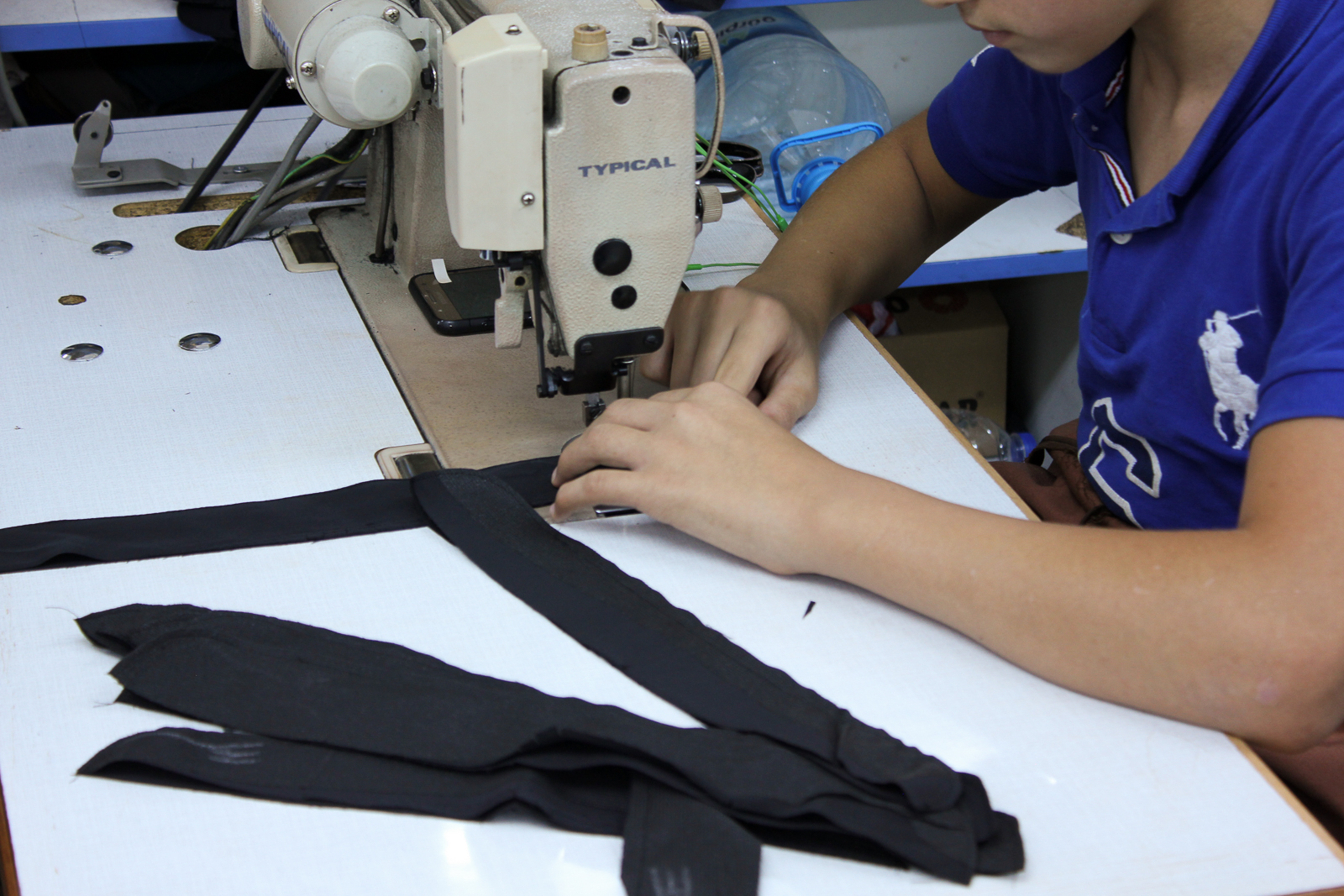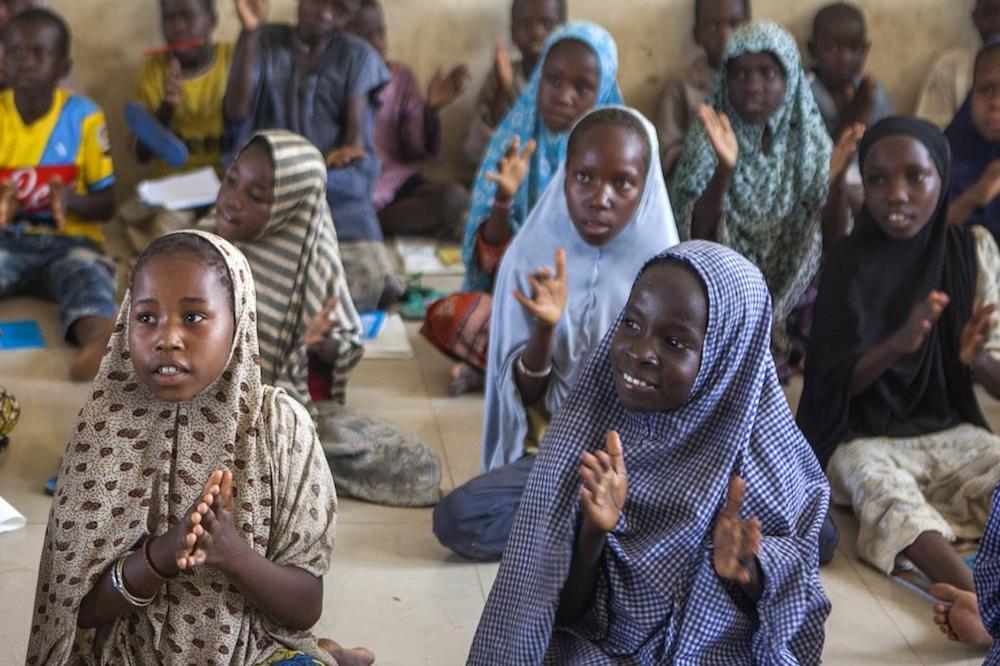
Plight of Bangladeshi slum children who work 64 hours a week instead of going to school
Child labour
One of the largest surveys on child work and education conducted in Bangladesh found that by the age of 14 almost half of the children living in Dhaka's slums were working.
Bangladeshi child labourers who live in slums work for an average of 64 hours a week – many of them in textile factories making clothes for top world brands – a major study said today.
The report from the London-based Overseas Development Institute has found that 15% of Dhaka slum-dwellers aged between six and 14 did not go to school and worked full-time.
The report, entitled Child labour and education – a survey of slum settlements in Dhaka, found that two-thirds of girls from slum areas who are working full-time were employed in the booming garment sector.
The findings raised concern over Bangladesh’s $30 billion clothes manufacturing industry, which is one of the world’s biggest despite a dreadful safety record.
Children working in Bangladesh
2013 Child Labour Survey estimated 4% of children are working – half of those in conditions that constitute child labour.
- Total population aged five to 17 – 39,652,384
- Working children – 3,450,369
- Child labourers – 1,698,894
- Hazardous child labour – 1,280,195
The manager of one unnamed garment factory told researchers that while he was aware children aged 11 to 14 should not be working, he did not regard their employment as illegal.
He also admitted that many of his employees did not carry identification cards which would verify their age.
There was no immediate comment from Bangladesh authorities or its powerful garment manufacturers – but union leaders said child labour in factories was rampant.
The extent of child labour in Bangladesh’s textile industry was laid bare in July when a nine-year-old boy was brutally killed at one of the largest spinning factories.
Police probing the factory said they found a quarter of the workforce at the factory outside Dhaka were children.
The ODI report, one of the largest surveys on child work and education conducted in Bangladesh, found that by the age of 14 almost half of the children living in Dhaka’s slums were working.
The report’s co-author Maria Quattri said researchers found many children wanted to go to school.
“But poverty was driving parents to find jobs for their children, even though they could see that it would jeopardise their long-term future,” she wrote.
The study also found that child labour levels rise from around 8% at the age of 10 to 45% at the age of 14, with 36.1% of boys and 34.6% of girls saying they had experienced extreme fatigue.
© 1994-2016 Agence France-Presse

More news

“Education can help to end child trafficking”
